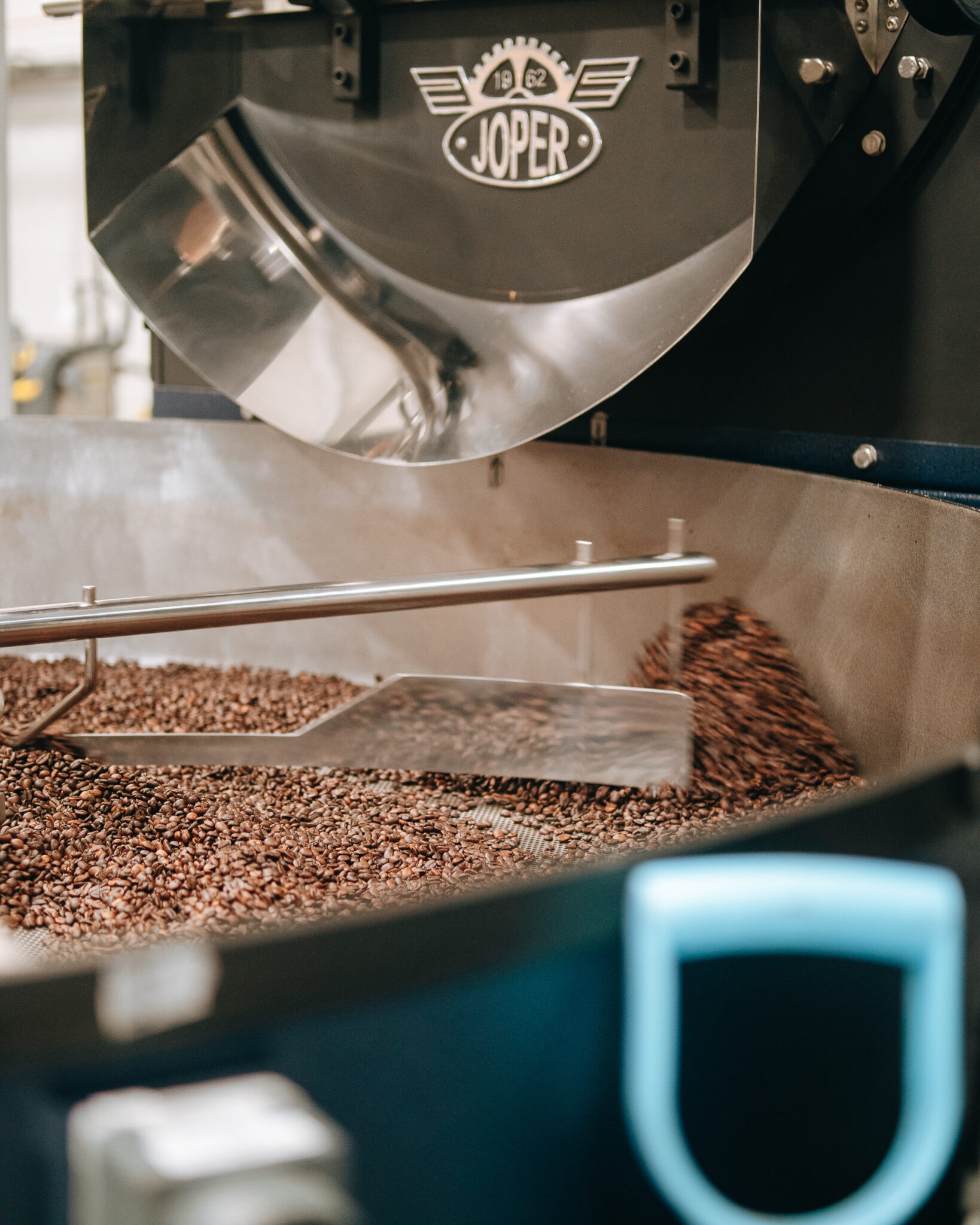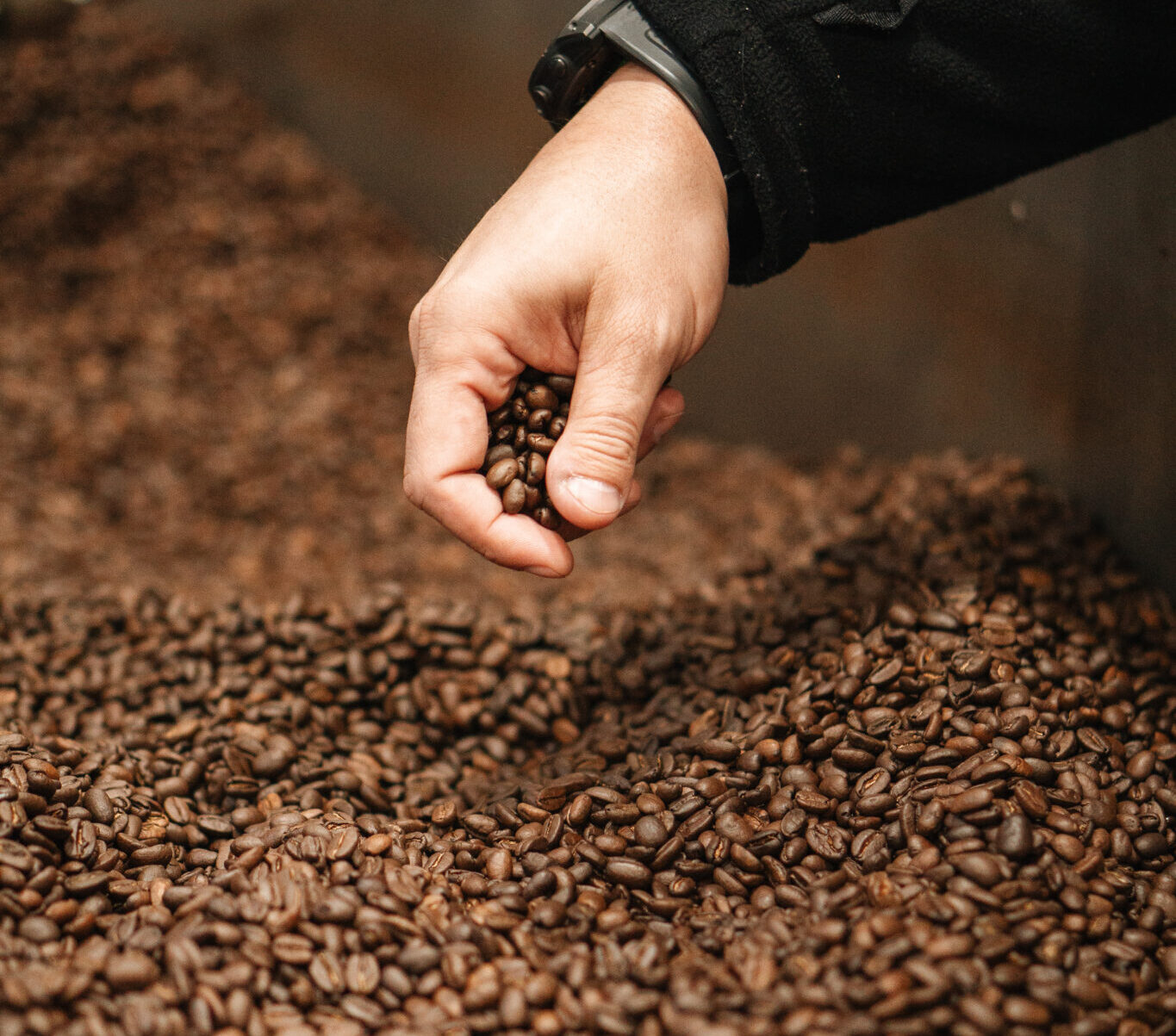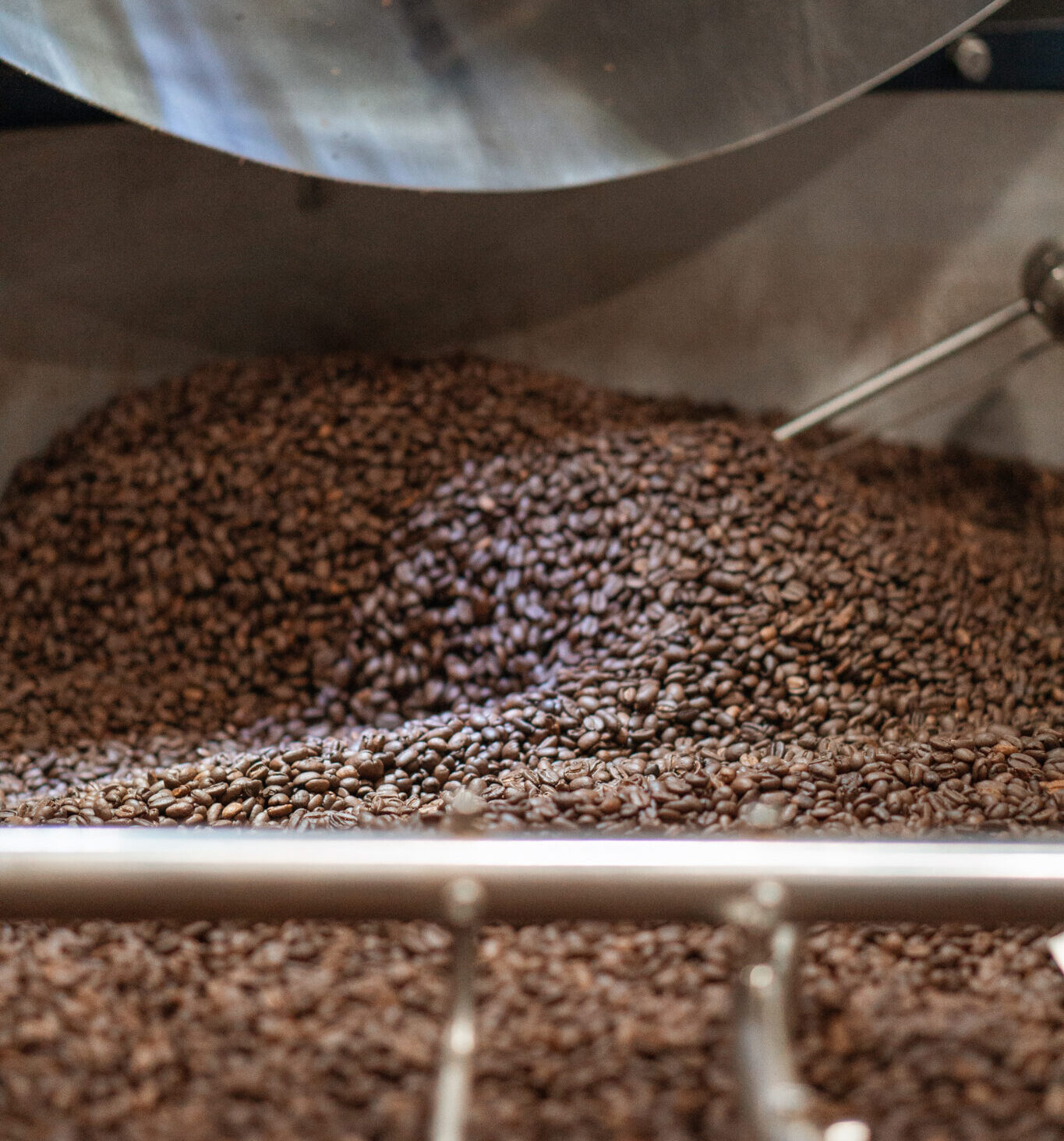So, you’re in charge of operating a commercial coffee outlet, one that’s fuelled by a bean-to-cup or a traditional espresso machine setup. Many bean-to-cup machines will have more than one coffee bean hopper, and many traditional setups may even feature multiple grinders.
Obviously, you’ll need a great coffee for your ‘main’ hopper. A tried-and-true espresso blend with approachable flavours, or a single origin perfectly suited to your target market, brand, taste preferences, and budget. To learn what coffees you should be serving and for a sample menu with recipes, go to -> Sample Coffee Shop Menu with Recipes
This begs the question though, what coffee should you serve in your second hopper?
In this article we’re going to briefly discuss how you can get the best use out of your second coffee grinder by offering something different to your primary espresso in terms of taste profile, quality, traceability, and caffeine content.
Let’s start with the most obvious…


A Decaf Option
In our previous blog post, we learnt that one of the main steps in serving a great decaf coffee is to have a dedicated grinder. If you have the luxury of two hoppers, or two separate grinders, you have everything you could need to serve a delicious decaf coffee to your customers.
If you aren’t offering a decaf, this is your sign to start.
You can expect at least 5 to 10% of your coffee drinking customers to prefer ordering a decaf option when provided, with that percentage rising significantly during the later hours of the day.
These days, it is practically essential to offer a decaf option for your coffee drinkers. Having a dedicated grinder for your decaf is the most important step in making your decaf something worth shouting about.


Before you continue...
Join the community of coffee professionals receiving coffee industry insights, thought leadership and guides straight to their inbox every fortnight.
Being able to serve a great decaf coffee will help you capture the sale from a growing market segment, with customers being increasingly more passionate about the flavour and quality of coffee along with an increasing awareness on the importance of limiting caffeine consumption.
Looking to serve a delicious decaf? Why not try our single origin decaf coffee from Mexico found in our Roots Collection of coffees. Learn more by checking out our previous article -> How to Serve Great Decaf Coffee.
A Lighter Roasted Coffee
Whether your primary hopper is brewing up a single origin or a blend of different coffees, it’s likely a roast that is more favourable to the masses ie. Approachable flavours that hold up well to milk drinks. These are typically most often found in dark – medium roasted coffees, where the inherent flavour characterises of the coffee are somewhat masked by the flavours added during the roasting process.
Why do most coffee outlets primarily serve a medium or dark roast? Well the two primary factors are familiarity of taste, and price.


When people imagine what coffee tastes like, they’re probably imagining a medium or dark roast: something chocolatey and smooth, with a hint of bitterness. These are also typically more affordable to the business in comparison to lighter coffees. Light roasts on the other hand can be more polarising, especially in older populations, with sweet, acidic, tea-like and sometimes fermented flavour notes.
Whilst the flavours found in lighter roasts can be unfamiliar to some, there is a growing portion of the market who are seeking the more diverse range of flavours found in light roasted coffees. To tap into a younger demographic, consider serving a lighter roasted coffee in your second hopper.
A High-Quality Single Origin
We’re hoping, given you’ve read this far, that you’re already somewhat interested in serving high quality coffees. We’re therefore also hoping that your main coffee is already high quality, specialty standard (SCA score of 80+), traceable, and delicious. Typically, however, your main coffee is going to be a blend.
The genius in a blended coffee is that your roaster can combine the unique flavours behind multiple origins to create a balanced drink perfectly tailored to your customers. Having a blend in your main hopper therefore makes perfect sense – especially a high-quality blend of coffees that each offer something interesting to the overall flavour profile.
So, then, if you’re looking to serve something different in your second hopper, a great choice would be a single origin coffee.
‘Single Origin’ is a generic term given to a coffee sourced from one specific country or region. Typically, a single origin will feature more distinct flavours than a blend thanks to the unique weather, elevation, soil and bacteria, growing practices and processing methods found in that region.
Whilst the benefits of a blend are fantastic for your average customer, providing a balance of flavours that pair beautifully with steamed milk and often syrups, a single origin coffee can tap into your passionate coffee drinkers and hobbyists by offering a unique flavour profile.
Serving a single origin coffee in your second hopper not only allows your customers to order something more unique, but it also gives your baristas more to talk about with the customer – communicating the history of the farm, the growing practices, and the unique flavours found in the coffee.
A single origin could also be a great option to begin exploring serving filter coffee with, allowing customers a new flavour profile with sweet, acidic, fruity and occasionally fruity characteristics when served black.


Finally, A Rotating Menu of Single Origin Coffees
Single origin coffees from specific regions can have vastly different flavour profiles. For example, high quality coffes from Ethiopia can often be tea like and floral, coffee from Brazil often taste nutty, and coffees grown in Kenya can be expected to be reminiscent of cooked fruits.
So, the next step in serving something new after exploring a single origin coffee, is to try more! A great way of offering new experiences to your customers on a regular basis is for your second hopper to feature a rotating menu of single origin coffees.
Whilst your main hopper features your tried-and-true blend, your second hopper lets your regular customers sample something different each time and gives you plenty to talk about during customer interactions and across social media. It’s common practice for coffee shops to charge extra for a different coffee, which many of your regulars and enthusiasts will be happy to pay for a new experience.
The world of coffee is vast, and for business owners and baristas who are keen to share their passion for flavour with others, offering a regularly changing menu of coffees can be a fun new experience for your customers.
Which is Your Best Option?
Great question, and a tough one for us to answer without knowing your customers and their taste preferences.
Some coffee outlets will be prioritising factors other than flavour and customer interaction such as speed, efficiency, ease of operation and reducing costs. For these locations, an interesting single origin coffee may not be the most ideal in terms of barista workflow, and may not even be something your target customers are interested in at all.
Coffee outlets that should consider a rotating coffee menu for their second hopper, are locations in which coffee quality and customer experience are fundamental to the success of the business – typically high street coffee shops. For business for whom coffee is just a part of their operation, a lighter roasted coffee or a single origin offering are fantastic options to add to your service offering – encouraging a wider audience to enjoy your coffees.
And as a final note, it is pretty essential that businesses serve decaf coffee. Having it in your second hopper, or having a dedicated grinder for your decaf, is essential to brewing delicious decaf coffees for your guests. If you have two hoppers, or two grinders, we first and foremost will recommend a great espresso blend and a decaf option. Anything on top of this e.g. single origins or lighter roasts, are great options that may require additional investment.

